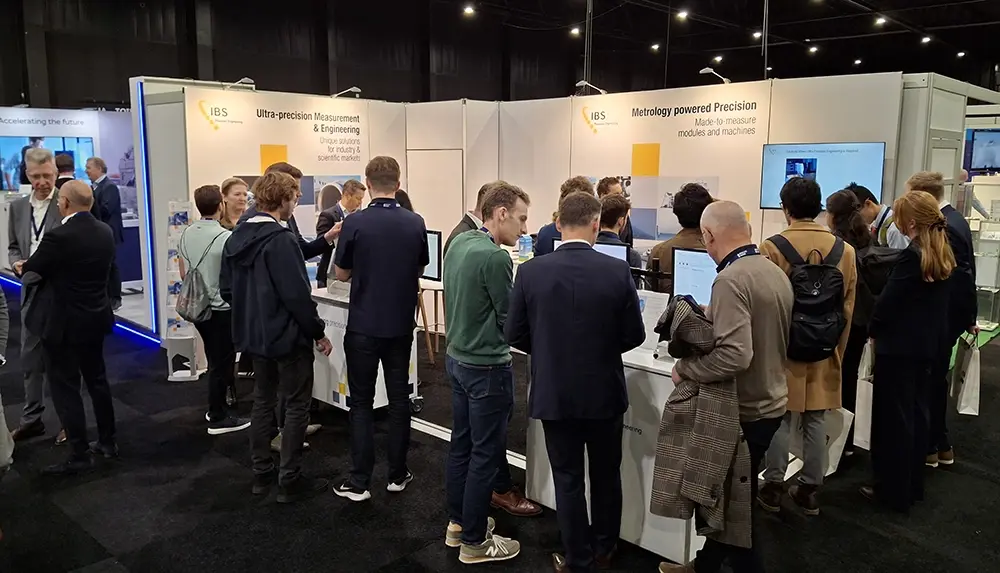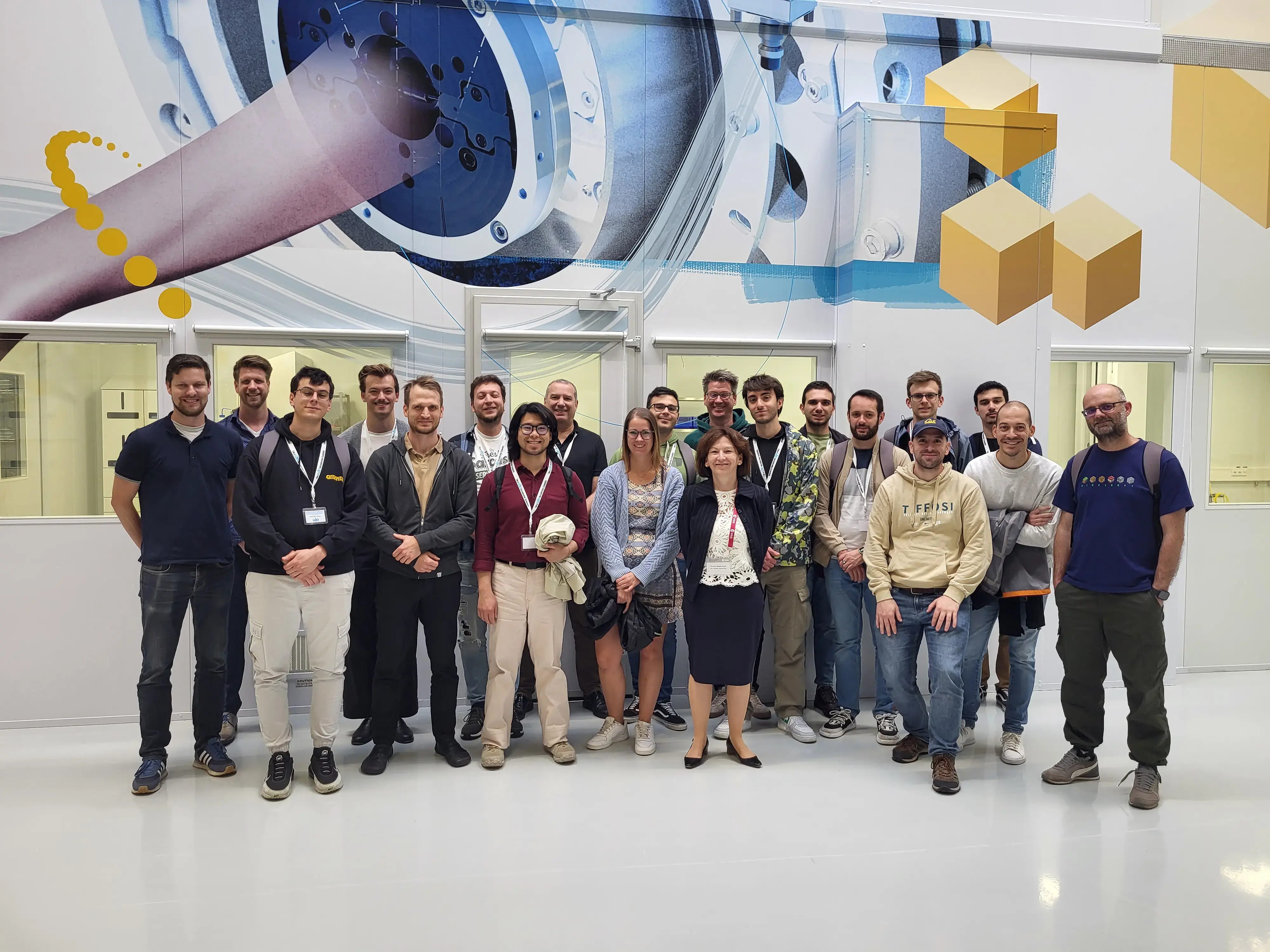For this research we have measured against a piezo-actuated stage in a vacuum cryostat that had been brought to a temperature of 3 Kelvin (-270°C). It is, of course, important that the sensor materials can withstand this extremely low temperature, but also that the resolution, bandwidth and sensitivity can be replicated at these extreme temperatures.
To qualify performance, calibrated artefacts have been developed to allow sensitivity shifts to be measured at the lowest temperatures. Direct and real-time sensitivity adjustment was then applied.

Results
-
Capacitive sensors can be used to measure objects at a temperature of 3K.
-
Sensitivity at 3K changes by less than 12% compared to the sensitivity at ambient temperature.
-
Sensitivity can be adjusted to compensate for the sensitivity change at this low temperature.
- The capacitive sensors can be switched off or disconnected in a 3K environment. They function normally when reconnected.
What we can measure
In cryogenic environments, we can now measure the displacement of precision stages, for example, for adjusting optics and mirrors. Furthermore, we can also measure the alignment or vibrations of components, such as in the alignment of coupled optical fibers and samples in an electron microscope.
Applications
Cryogenic environments are studied or used in many industries. Examples are nuclear physics, materials research, optics or quantum device development. Our research has shown that it is possible to use our cryogenic capacitive sensors for measurements in cryogenic environments, which makes these sensors suitable for even more different types of applications.
Applications where cryogenic environments are used, where displacement measurements can be possible or are already being used:
-
- CERN particle accelerator: cryogenics are used here to freeze disruptive particles and immobilise molecules so that they do not influence measurements made in this particle accelerator.
- Optics adjustment: for example, in research into underground gravitational wave detectors for the well-known Einstein microscope or possible space applications.
- MRI: superconductive magnets are created here by cooling the magnets to cryogenic temperatures.
- Electron microscopy: research into high-energy-density lithium batteries.
- Dark Matter Search: the search for the particle that fills most of outer space.
- Quantum computers: uses cryogenic temperatures to keep their qubits extremely cold in order to keep them stable.
![]()
Metrology in cryostats
Our special thanks go to Onnes Technologies (Leiden, NL) for providing access to their cryogenic test facility and sharing their extensive expertise in cryostat environments. In return, we contributed our advanced knowledge in precision measurement and enabled the quantitative validation of their cryostat stage through ultra-high-accuracy measurements. This mutual exchange of expertise proved highly successful, creating a true win-win collaboration with measurable impact.
Are you in need of measuring displacement in cryogenic environments? We are open to discussing the new possibilities with our capacitive sensors for your specific application. Feel free to contact us directly.



